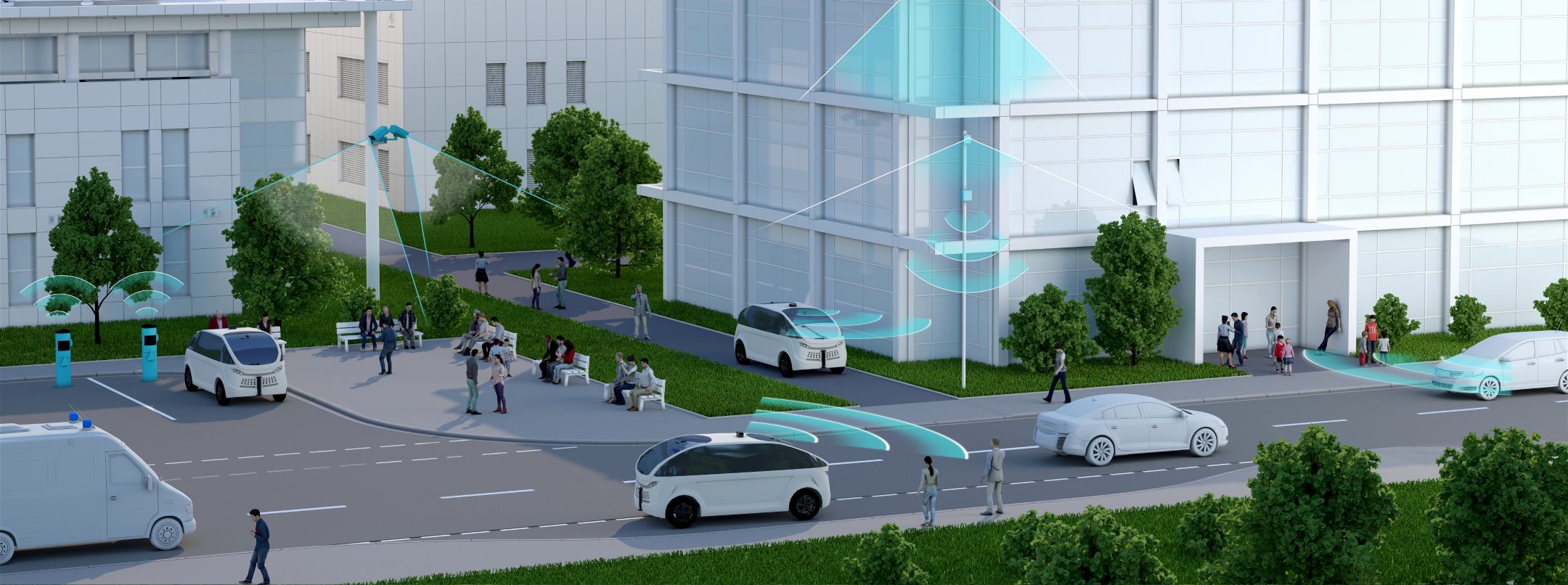Adapting to new automotive businesses with MBSE

Electrification is one form of growing complexity in the automotive market, whether you are talking about the powertrain or the infotainment systems as we discussed in the eighth episode of Model Based Matters. Or, for the written summary on how electrification, you can check out this blog. But the other major change to the automotive industry is emerging from developments in autonomy. Again, this topic covers a wide range of applications beyond full self-driving vehicles, but all of the implementations have an impact on the future of the automotive market. Let’s dive right in to why.
Vehicles are expensive. To buy, to drive, to maintain. And adding more complexity to the system through autonomy and electrification is not expected to change that notion. In fact, the increased costs are pushing vehicle ownership away from consumers causing many younger demographics to completely opt-out of vehicle ownership. And that only gets amplified in walkable urban environments, which may not be a bad change. But all of this means there is a need for a new customer base, and transportation may take some cues from the industrial sector on that front with service-based contracts rather than direct ownership. The actual costs of industrial earth movers or similarly large machinery are too great for most companies to invest capital in the asset, instead they negotiate a contract with the OEM for moving a set amount of material per time period. This lowers the risk for the customer and allows the manufacturer to more readily update their products to improve profitability.
No longer owning a car
In general terms, service-based contracts are similar to a leased vehicle – paying for a certain number of miles over a given time period and incurring charges for misuse or overages. The next iteration is sometimes called transportation as a service (TaaS), where instead of having a car with constant and exclusive access the contract is for mileage and ready access to a vehicle. The value for the customer in this case is lower overall costs – they are not paying for the vehicle when its not in use and there are economies of scale associated with the repair and ongoing maintenance of fleet vehicles. This is extremely valuable with autonomous vehicles, as the price will likely grow immensely due to the increased product complexity and electronics required to operate, even with the value model-based systems engineering brings in reducing costs and risk of complex products. The customer is then giving up some convenience of not having their personal vehicle available at 100% of the time.
Value of a service
The manufacturer, or possibly a logistics company, owning the vehicles and providing TaaS has cost benefits for them as well. Rather than subsisting on a model of constant sales growth and new purchases, they will be able to capitalize on steady and recurring income from the service contracts. While they are essentially holding the risk and debt of the vehicle, these companies would also receive more than the equivalent loan payment from customers, both from operating at scale for lower costs and increasing the number of users per vehicle. Functioning at scale, the car company would have access to better energy rates, better repair infrastructure, and even high-value business contracts around places of interest – maybe selling miles to a large conference in a service city. But autonomy also enables the vehicles to be on the road a greater percentage of their lives instead of sitting idle in a parking spot. This means multiple people can effectively share a vehicle and the business can collect from all parties. Data from use can be collected and optimized to transport the most people at the lowest costs. This may also incentivize upgrades and updates rather than replacing vehicles, because new vehicles create more financial risk.
There is lots more to cover on this topic, both within episode 9 of Model Based Matters and in general, but it is safe to say that autonomy and other complexity-driving technologies in the automotive industry are completely changing the business landscape. I’d recommend listening to this episode as well as episode 8 if you are interested in autonomy and electrification, respectively. And while model-based systems engineering only showed up lightly in this episode, please feel free to learn more on our MBSE hub page. Thank you for reading and I hope you subscribe to get more information on the role of MBSE in modern industry.
Siemens Digital Industries Software is driving transformation to enable a digital enterprise where engineering, manufacturing and electronics design meet tomorrow. Xcelerator, the comprehensive and integrated portfolio of software and services from Siemens Digital Industries Software, helps companies of all sizes create and leverage a comprehensive digital twin that provides organizations with new insights, opportunities and levels of automation to drive innovation.
For more information on Siemens Digital Industries Software products and services, visit siemens.com/software or follow us on LinkedIn, Twitter, Facebook and Instagram.
Siemens Digital Industries Software – Where today meets tomorrow


